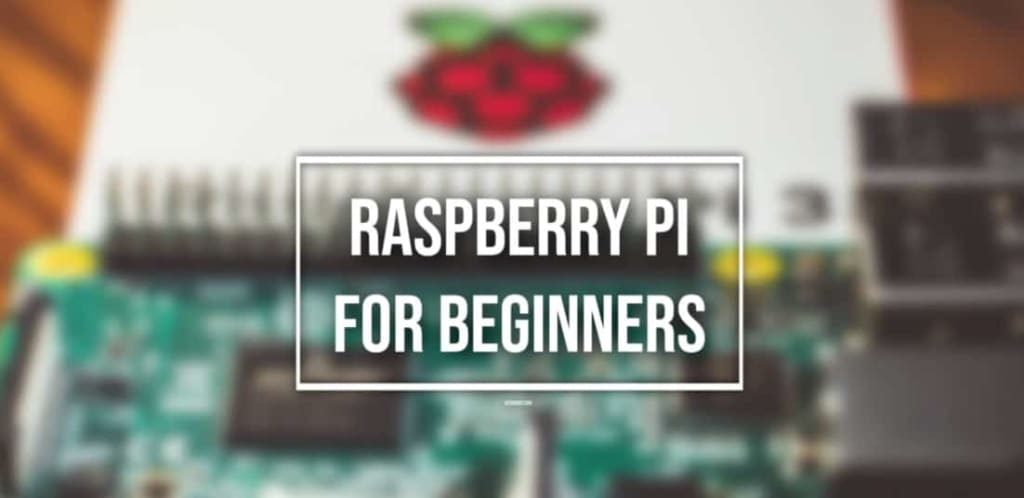
"Discover Raspberry Pi: The Perfect Tool for Learning Coding and Electronics"
Introduction
Raspberry Pi is a small and affordable single-board computer that was initially created to promote the teaching of basic computer science in schools. However, over time, it has grown to become a popular tool for both hobbyists and professionals. Raspberry Pi is designed to be flexible and can be used for a wide range of applications, including media centers, game consoles, web servers, and more.
In this guide, we will explore the basics of Raspberry Pi and how to get started with using it on both Mac and PC.
What is Raspberry Pi?
Raspberry Pi is a single-board computer that was created by the Raspberry Pi Foundation. It is a credit-card-sized board that features a microprocessor, RAM, and input/output ports for connecting to external devices such as a monitor, keyboard, mouse, and more. It is powered by a micro USB port, which can be connected to a power adapter or a computer.
Raspberry Pi can run a variety of operating systems, including the official Raspberry Pi OS, Ubuntu, and more. It is also compatible with a wide range of programming languages, making it an excellent tool for learning to code.
Getting Started with Raspberry Pi
To get started with Raspberry Pi, you will need the following:
A Raspberry Pi board
A microSD card with at least 8GB of storage
A computer (Mac or PC)
A power supply (micro USB)
A keyboard and mouse (optional)
A monitor or TV with an HDMI cable
An internet connection
for more information click here
Step 1: Download Raspberry Pi OS
The first step to getting started with Raspberry Pi is to download the official Raspberry Pi OS. You can download the Raspberry Pi OS from the Raspberry Pi website. There are two versions of Raspberry Pi OS: the desktop version and the Lite version. The desktop version comes with a graphical user interface (GUI) and pre-installed applications, while the Lite version is a minimal version that does not include a GUI or any pre-installed applications.
Step 2: Flash the Raspberry Pi OS onto the microSD card
After downloading the Raspberry Pi OS, you will need to flash it onto the microSD card. To do this, you can use the Raspberry Pi Imager tool, which is available for Mac and PC. Follow the instructions on the Raspberry Pi Imager tool to flash the Raspberry Pi OS onto the microSD card.
Step 3: Insert the microSD card and connect the Raspberry Pi
After flashing the Raspberry Pi OS onto the microSD card, insert the microSD card into the Raspberry Pi board. Then, connect the Raspberry Pi board to a monitor or TV using an HDMI cable. If you are using a Raspberry Pi 4, you can connect it to a monitor or TV using either an HDMI cable or two micro HDMI cables.
for more information click here
conclusion
Raspberry Pi is a small and affordable single-board computer that was initially created to promote the teaching of basic computer science in schools. However, over time, it has grown to become a popular tool for both hobbyists and professionals. Raspberry Pi is designed to be flexible and can be used for a wide range of applications, including media centers, game consoles, web servers, and more.
Raspberry Pi is a single-board computer that was created by the Raspberry Pi Foundation. It is a credit-card-sized board that features a microprocessor, RAM, and input/output ports for connecting to external devices such as a monitor, keyboard, mouse, and more. It is powered by a micro USB port, which can be connected to a power adapter or a computer.





Comments
There are no comments for this story
Be the first to respond and start the conversation.